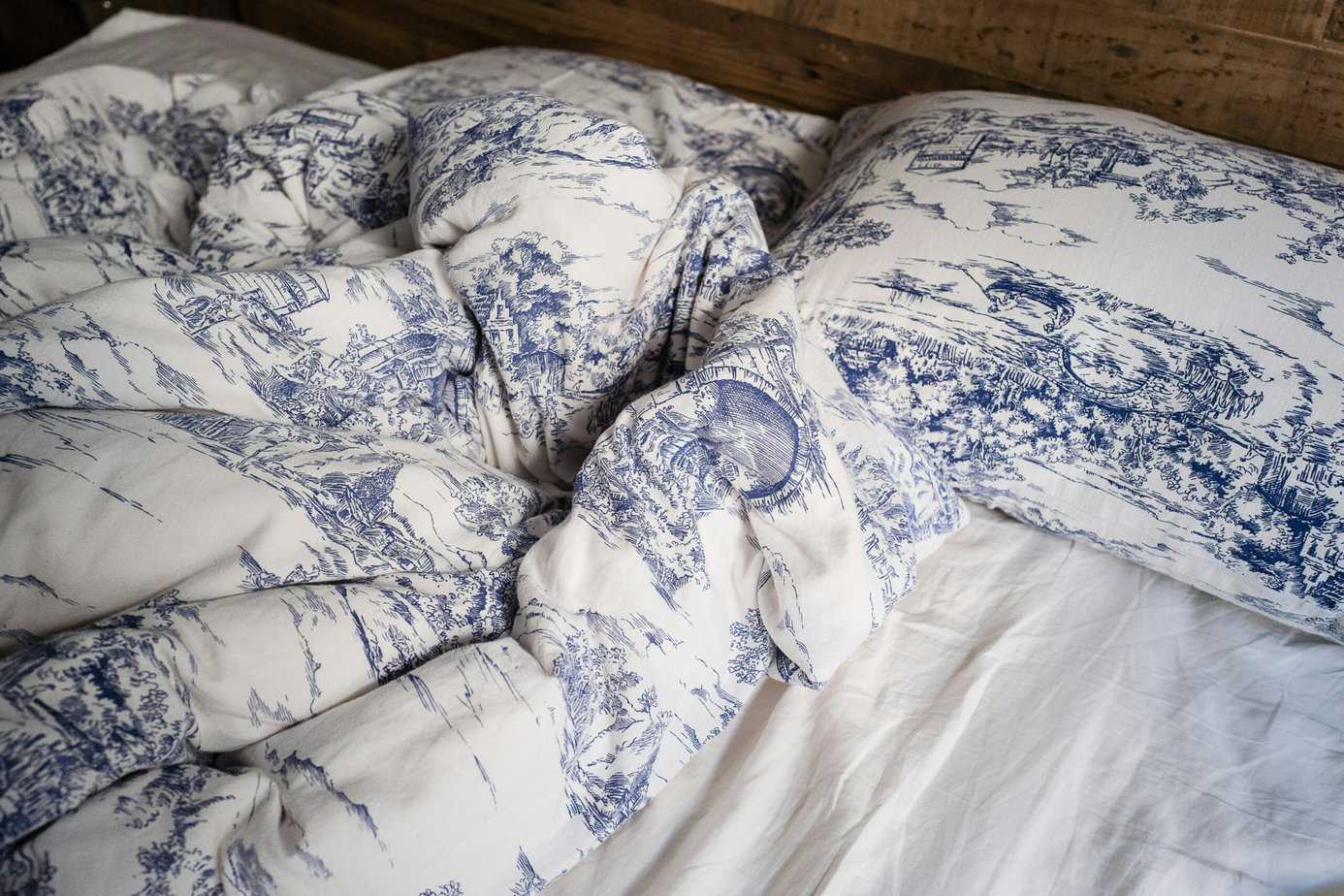
Washing your duvet is an important part of keeping your bedding fresh and hygienic. While duvet covers can be washed regularly, the duvet insert tends to get neglected. However, with the right techniques, washing a duvet at home is perfectly possible. This guide will take you through everything you need to know, from deciding when it's time to wash your duvet and pre-treating stains to step-by-step machine and hand washing methods, drying, and storage.
Most experts recommend washing your duvet insert about once or twice a year. However, if you tend to sweat a lot at night or spill things on your bed, you may want to wash it more frequently, such as every 3–6 months.
Signs that it's time to wash your duvet include:
Before washing your duvet, there are a few preparatory steps:
Most duvets made from microfiber or other synthetic materials can be machine washed. Here is a step-by-step guide:
Choose the delicates or wool setting and a low spin speed. Set the water temperature to 30°C/85°F or as recommended.
Feed your duvet carefully into the machine, avoiding overfilling. You may need to wash double duvets in two loads.
The dense filling means detergent residue can be an issue, so set two rinse cycles.
Tumble drying can damage feathers. Air drying is gentler - lay flat in a warm spot out of direct sunlight.
Top tip: Add a couple of clean tennis balls to the drying machine to fluff the duvet filling.
To hand wash your duvet:
Don't make the water too hot as this can damage feathers. Add a small amount of delicate wash liquid.
Gently push it up and down to dissolve the detergent then leave to soak for 10 minutes.
Drain the dirty water then refill the tub and rinse, repeating until the water runs clear. Gently press out excess moisture.
Lay the duvet out evenly on towels or a drying rack in a well-ventilated room. Turn periodically.
Pop a couple of clean tennis balls in the dryer on air fluff setting to redistribute filling.
No matter which washing method you use, proper drying is vital to avoid mold or mildew developing:
To test if your duvet is fully dry, reach inside and feel deep within the filling. There should be no dampness at all.
Follow these tips for safe duvet storage between seasonal uses:
Special care should be taken when washing and drying duvets with natural fiber fillings:
Down duvets:
Wool duvets:
Silk duvets:
By understanding the unique properties of different duvet fillings, you can keep even the most luxurious bedding fresh and damage-free for years to come.
I hope you found this complete guide useful for learning how to properly wash a duvet insert. Let me know if you have any other questions!

Harry Virk is the director of CleaningPro Auckland. He has years of experience in the cleaning industry and his company is expert at providing exceptional cleaning services in Auckland. He has a passion for helping people and making sure that their homes are clean, tidy, and ready for visitors.




